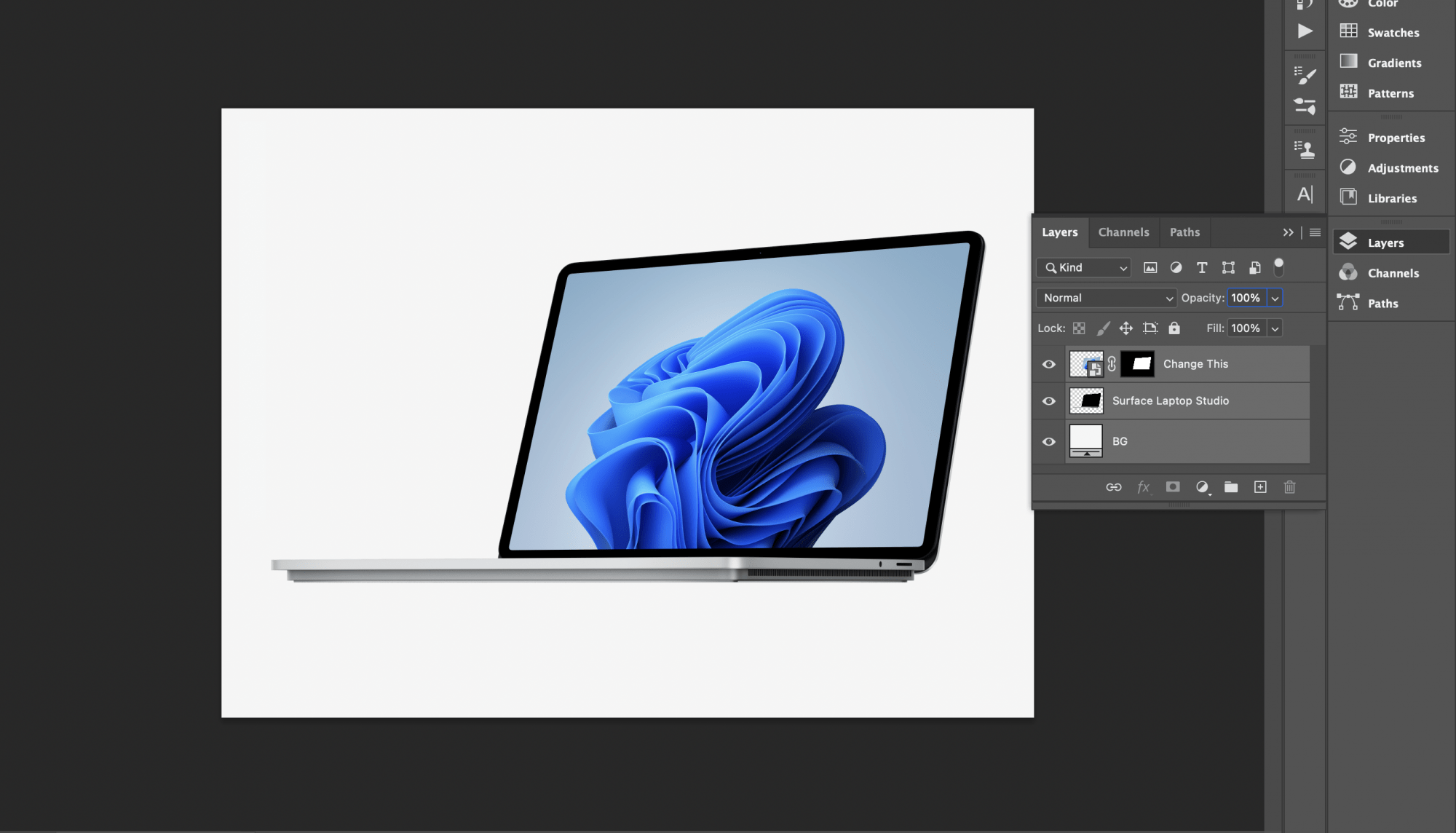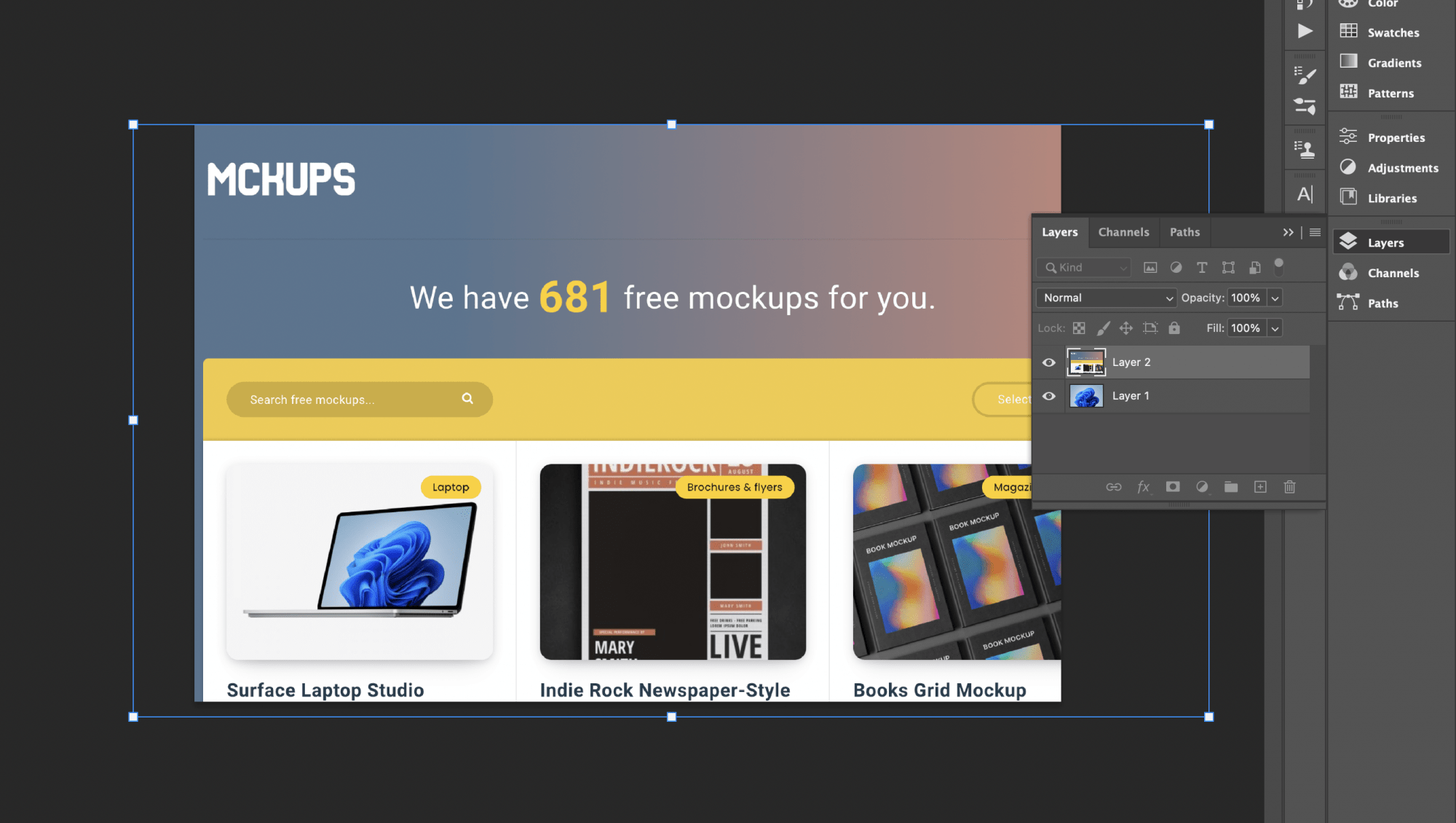
Creating a compelling mockup is essential to showcasing your design work, whether it’s for websites, apps, branding, or print materials. In this comprehensive guide, we’ll cover the process of creating mockups from start to finish using free resources available on mckups.com, including selecting the right template, customizing your design, and perfecting your presentation.

1. Choosing the Right Mockup Template:
The first step in creating a mockup is selecting an appropriate template. Browse through the extensive collection of free mockup templates, considering the following factors when making your choice:
– Device or platform: Make sure your mockup template matches the device or platform for which your design is intended.
– Style and orientation: Choose a template with a style and orientation that complements your design.
– Customizability: Opt for a template that allows you to easily modify colors, backgrounds, and other elements.
– File format: Ensure the mockup template is available in a file format compatible with your preferred design software, such as Adobe Photoshop.
2. Preparing Your Design:
Before incorporating your design into the mockup, take the time to:
– Organize your layers: Use clear naming conventions and group similar layers together in your design software.
– Optimize your design’s resolution: Make sure your design is high-quality and suitable for the mockup’s dimensions.
– Export your design in a compatible format: Save your design in a format that can be easily imported into the mockup template, such as PNG or JPEG.

3. Customizing the Mockup:
Once you’ve chosen a template from mckups.com and prepared your design, it’s time to customize the mockup. Follow these steps in your design software, such as Adobe Photoshop:
– Import your design: Place your design into the designated smart object or layer in the mockup template.
– Adjust positioning and scale: Ensure your design is correctly positioned and scaled within the mockup.
– Customize colors and backgrounds: Modify the colors and backgrounds of the mockup to complement your design, if necessary.
– Add any additional elements: Incorporate any relevant logos, text, or other design elements to complete the mockup.

4. Perfecting Your Presentation:
A well-presented mockup can make all the difference in capturing your audience’s attention. Keep these tips in mind:
– Use high-quality images: Ensure your mockup’s resolution is suitable for your intended use, whether it’s for print or digital display.
– Showcase multiple angles: Display your design from various perspectives to give viewers a comprehensive understanding of your work.
– Create a cohesive scene: If presenting multiple mockups, ensure they have a consistent style and theme.
– Utilize lighting and shadows: Proper use of lighting and shadows can add depth and realism to your mockup presentation.

Conclusion
By following this comprehensive guide and using the free mockup resources, you’ll be well-equipped to create professional and captivating mockups that showcase your design work in the best possible light. Remember to choose the right template, prepare your design, customize the mockup, and perfect your presentation for optimal results. Happy designing!

